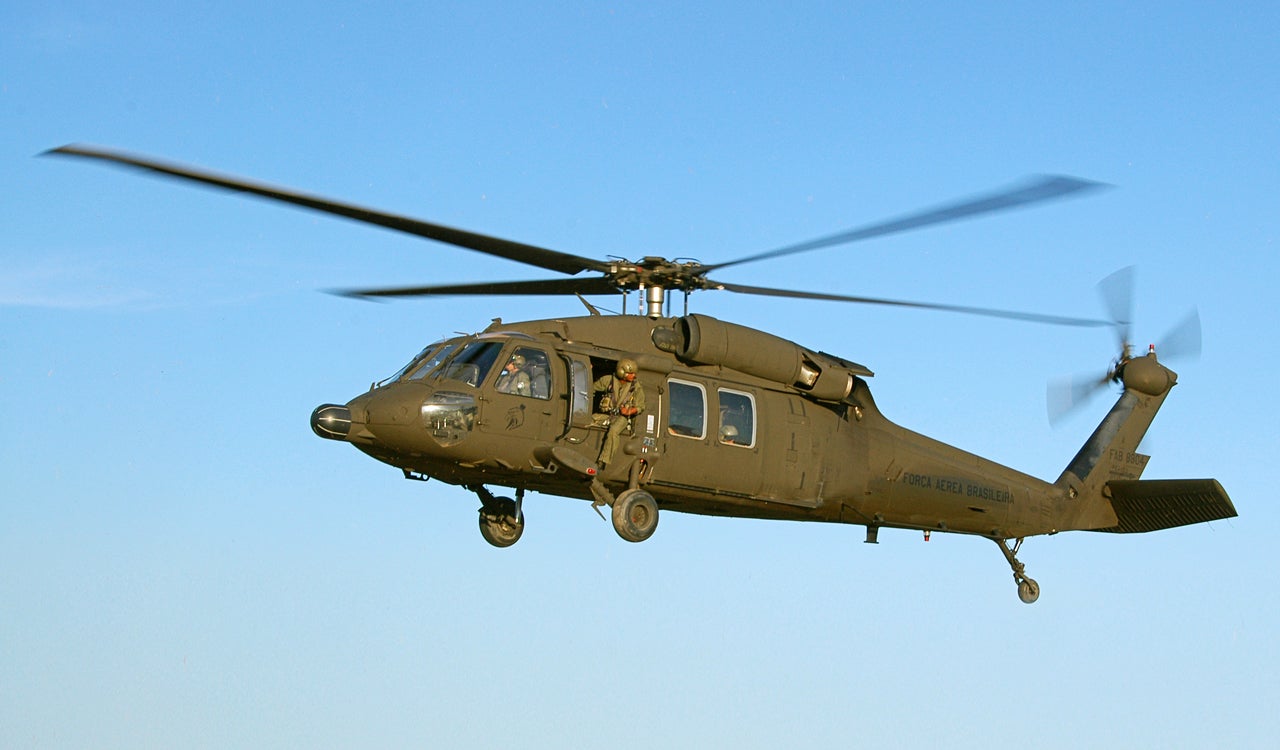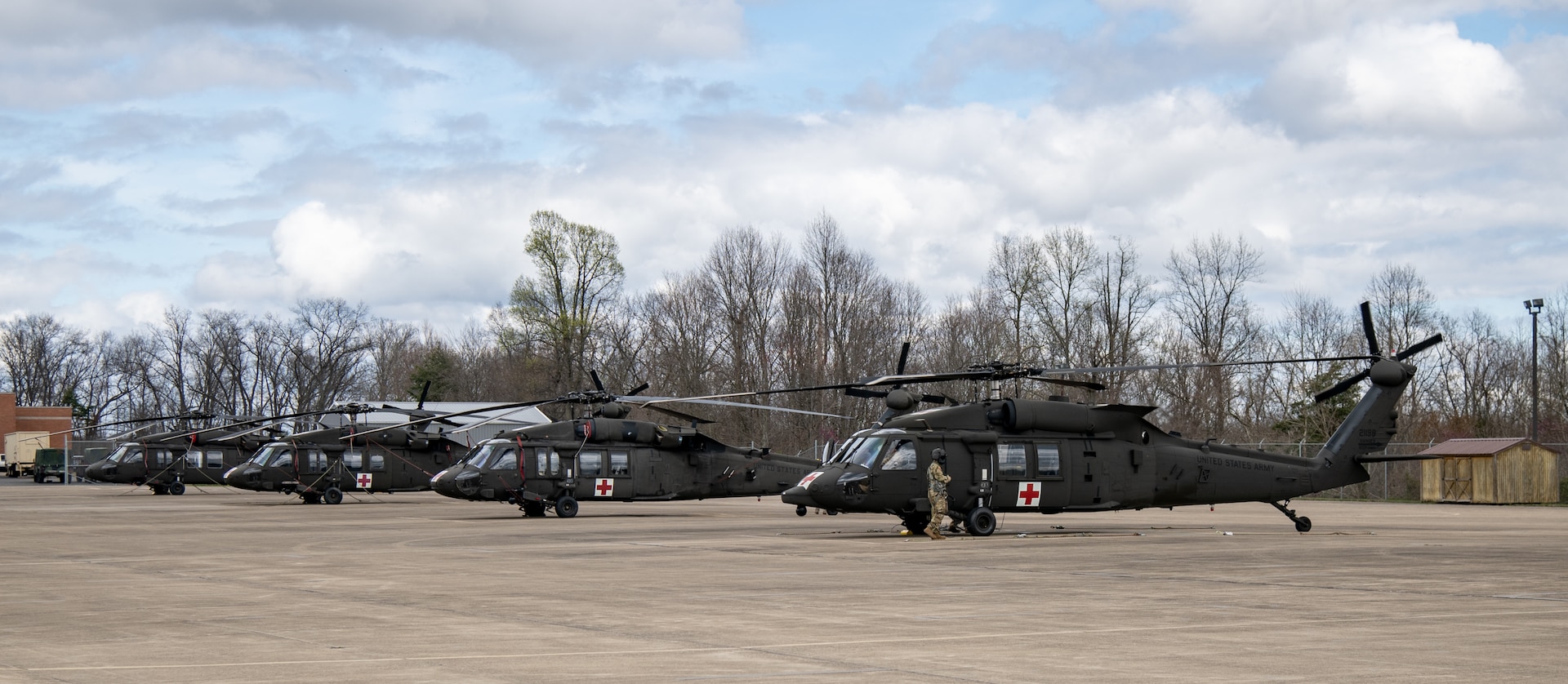Background and Advancement of the UH 60 Black Hawk Helicopter
Background and Advancement of the UH 60 Black Hawk Helicopter
Blog Article
A Comprehensive Guide to the Upkeep and Care of Aircraft for Durability
The durability of an aircraft hinges substantially on its upkeep and care, demanding an organized strategy to make certain optimal performance and safety. Recognizing the intricacies of these practices can be intricate; consequently, it is necessary to explore the crucial elements that contribute to efficient airplane treatment and the ramifications of overlooking these responsibilities.
Significance of Routine Maintenance
Regular upkeep is crucial for the safety and security, performance, and durability of aircraft. A systematic approach to upkeep makes certain that all elements work optimally, thereby minimizing the risk of mechanical failure during operation. Routine evaluations and servicing allow technicians to determine possible problems before they intensify into significant problems, guaranteeing that the aircraft continues to be in conformity with aeronautics laws.
In addition, keeping an airplane according to the maker's standards is critical for maintaining its worth. A well-documented maintenance background can improve resale prospects and impart confidence in potential purchasers. Additionally, routine upkeep contributes to operational efficiency, as it aids to optimize fuel intake and performance metrics, causing cost financial savings with time.
In addition, normal upkeep adds to the total safety of flight procedures (uh 60). By attending to deterioration immediately, drivers can reduce threats linked with aging aircraft systems. This proactive strategy not just secures the lives of travelers and staff but also safeguards the aircraft itself against devastating failures

Daily Evaluation Checklist
Just how can pilots and maintenance crews make certain the airplane is in optimum problem before each trip? The solution hinges on an extensive daily examination list, which serves as an essential procedure to identify possible concerns that might compromise safety and security and efficiency. This list should encompass several vital locations, including outside and indoor inspections, along with functional checks of critical systems.
Starting with the exterior, teams must analyze the airframe for any type of noticeable damage, leakages, or signs of rust. Focus should be paid to regulate surfaces, landing equipment, and the condition of tires. Transferring to the inside, the crew should verify that all instruments and controls are functional, guaranteeing that digital systems are operating correctly.

Along with architectural checks, it is important to examine gas levels and verify that all needed files, consisting of registration and weight and balance information, depend on date. Lastly, an evaluation of emergency situation equipment, including life vests and fire extinguishers, need to be conducted to make sure conformity with safety guidelines. By carefully following this everyday evaluation checklist, pilots and upkeep teams can substantially boost the security and reliability of their airplane.
Arranged Upkeep Programs
Arranged upkeep programs are essential for the long-lasting security and performance of aircraft operations. These programs are created to make sure that all airplane parts go through normal assessments, upkeep, and required repair work at established periods. By sticking to an organized upkeep schedule, operators can significantly decrease the risk of in-flight failures, boost airplane reliability, and prolong the life expectancy of important parts.
Commonly, scheduled upkeep is classified right into various levels, including A, C, b, and d checks, each with unique needs and thoroughness. A checks are generally much more regular and focus on basic aesthetic examinations and small fixings, while D checks are more comprehensive and take place less frequently, entailing substantial disassembly and overhaul of the aircraft.
Regulatory bodies, such continue reading this as the FAA and EASA, required compliance with specific upkeep schedules based upon aircraft type and usage. Operators has to keep thorough records of all upkeep done to demonstrate conformity and help with inspections. In addition, the combination of anticipating maintenance technologies can further boost the performance of scheduled programs by recognizing prospective problems before they escalate, thereby making certain that airplane stay in ideal condition and ready for secure procedures.
Look After Aircraft Interiors
Taking care of aircraft insides is important not just for traveler comfort yet likewise for maintaining the general worth and security of the aircraft. Routine cleaning and maintenance of the interior parts add substantially to a favorable flying experience while protecting the aircraft's aesthetic allure.
To make sure optimal treatment, it is vital to establish a regular cleaning routine that includes read review vacuuming rugs, cleaning down surfaces, and disinfecting high-touch areas. Furniture and seating must be checked for damage, with any type of damages without delay addressed to stop further degeneration. In addition, attention needs to be offered to the galley and lavatory areas, which need thorough cleansing and restocking of products to keep health.
Additionally, using ideal cleansing representatives is crucial; extreme chemicals can damage finishes and products, so it is suggested to make use of items particularly developed for aircraft insides. Normal examinations must likewise be carried out to determine any maintenance requires, such as replacing worn-out seat covers or fixing home window shades. By prioritizing the care of aircraft interiors, operators can enhance the overall guest experience and secure the financial investment in their airplane.
Recognizing Governing Compliance
Regulatory compliance is a necessary aspect of airplane upkeep, typically requiring drivers to adhere to a complicated structure of neighborhood, national, and global criteria. This structure is mostly established by aeronautics governing bodies such as the Federal Aeronautics Management (FAA) in the United States and the European Union Aviation Safety Agency (EASA) in Europe - uh 60. These companies state guidelines that regulate different aspects of airplane upkeep, official site including airworthiness, safety and security methods, and functional procedures

Moreover, drivers should stay notified concerning modifications in policies and take part in training programs to make certain that their team is well-informed regarding conformity demands. Failure to follow these guidelines can lead to extreme charges, including fines, grounding of airplane, or loss of accreditation. For that reason, understanding and sticking to governing conformity is extremely important for the durability and safety and security of airplane procedures.
Conclusion
Finally, the upkeep and care of aircraft are critical for making certain durability, safety and security, and operational efficiency (uh 60). Regular assessments, adherence to everyday checklists, and methodical upkeep programs help with the early identification of possible problems. Attention to the aircraft's inside and compliance with regulative criteria dramatically contribute to maintaining its worth. By executing these practices, operators can boost the general experience for guests while protecting the financial investment in air travel assets.
The longevity of an aircraft pivots considerably on its upkeep and care, demanding a structured technique to guarantee optimal performance and safety. By vigilantly following this everyday examination checklist, pilots and upkeep staffs can substantially enhance the security and integrity of their airplane.
These programs are designed to guarantee that all aircraft parts undertake regular evaluations, maintenance, and needed fixings at fixed periods. By prioritizing the care of aircraft interiors, operators can improve the general traveler experience and protect the investment in their aircraft.
In conclusion, the maintenance and treatment of airplane are vital for ensuring longevity, security, and operational efficiency.
Report this page